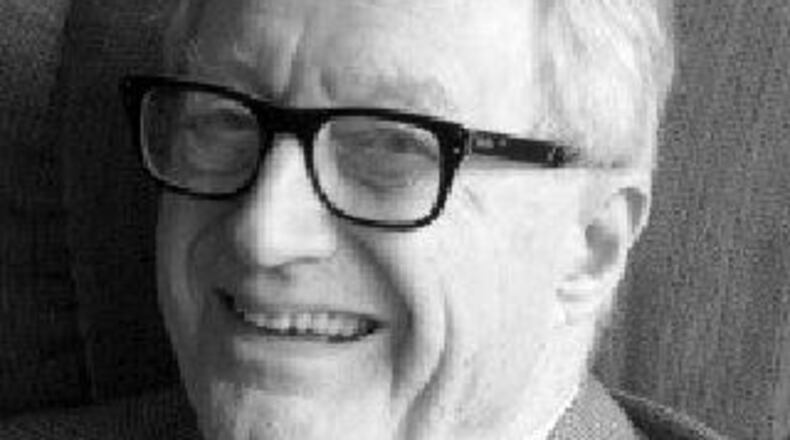The term ‘shaken baby syndrome’ originated in the early 1970s after a British pediatric neurosurgeon determined that a baby’s brain injuries could have been caused by violent shaking.
After publishing his findings in 1971, Dr. Norman Guthkelch began cautioning parents about the dangers of shaking their children.
By 1993, the American Academy of Pediatrics had formally endorsed the hypothesis. In 2000, the National Center on Shaken Baby Syndrome was founded and began offering training to parents, childcare workers and social workers.
By then, many doctors and pathologists had begun looking for what was known as “the triad” in dead or injured babies to determine if they had been violently shaken. The three primary symptoms were retinal hemorrhaging, brain swelling and bleeding on the brain. There also had to be an absence of another explanation for the trauma, such as a car accident or a fall.
In 2006, however, the National Association of Medical Examiners withdrew its position paper endorsing the triad. It later acknowledged that some diseases can produce symptoms that mimic those used to determine shaken baby syndrome.
MORE: Gwinnett dad wrongly convicted in shaken baby case 18 years ago, motion argues
The shift sparked enormous controversy across a number of medical fields. Many doctors and prosecutors held on to the shaken baby diagnosis, having seen so many legitimate cases.
Then, in 2012, Guthkelch published another paper raising concerns about it.
Society should be rightly shocked by any assault on its weakest members, wrote Guthkelch, who died in 2016. But there have been “instances in which both medical science and the law have gone too far in hypothesizing and criminalizing alleged acts of violence in which the only evidence has been the presence of the classic triad or even just one or two of its elements.”
Often, he added, “there seems to have been inadequate inquiry into the possibility that the picture resulted from natural causes.”
About the Author
The Latest
Featured


